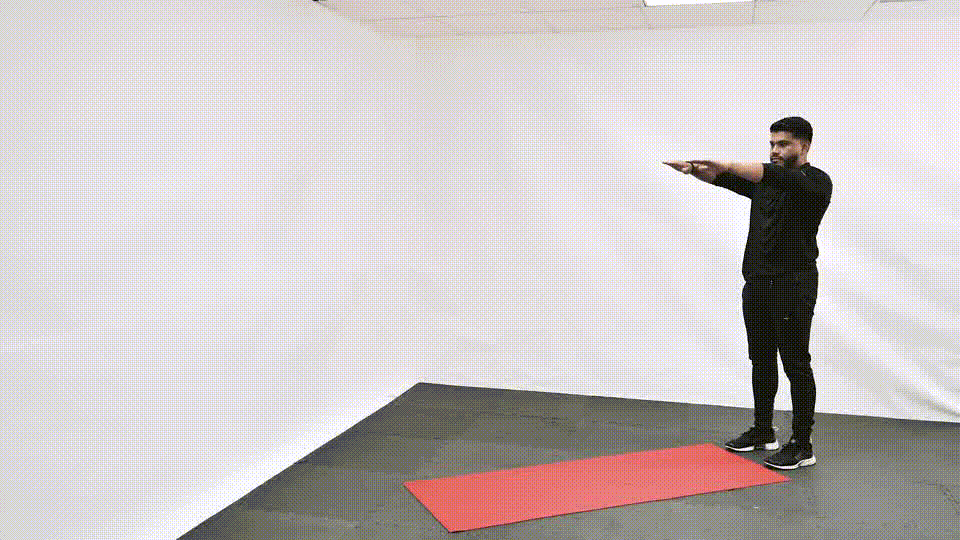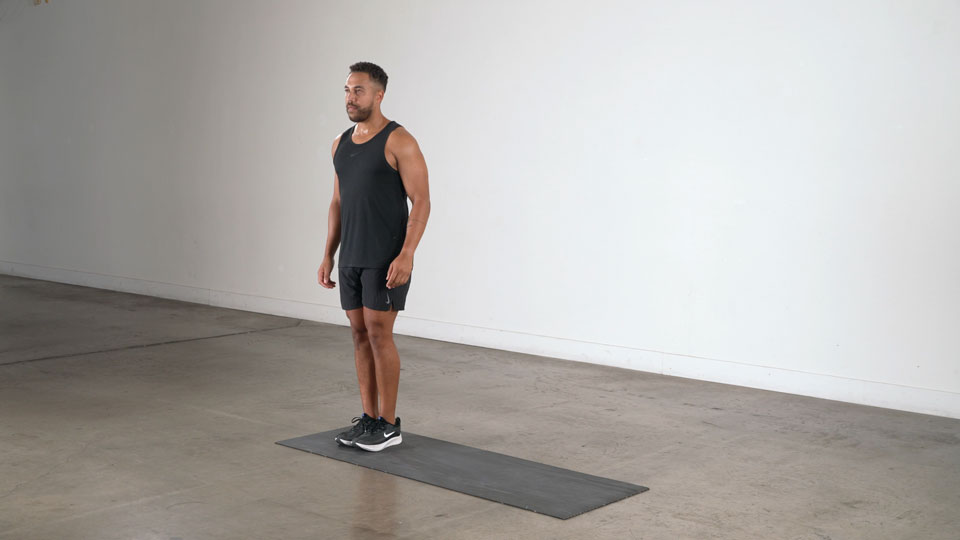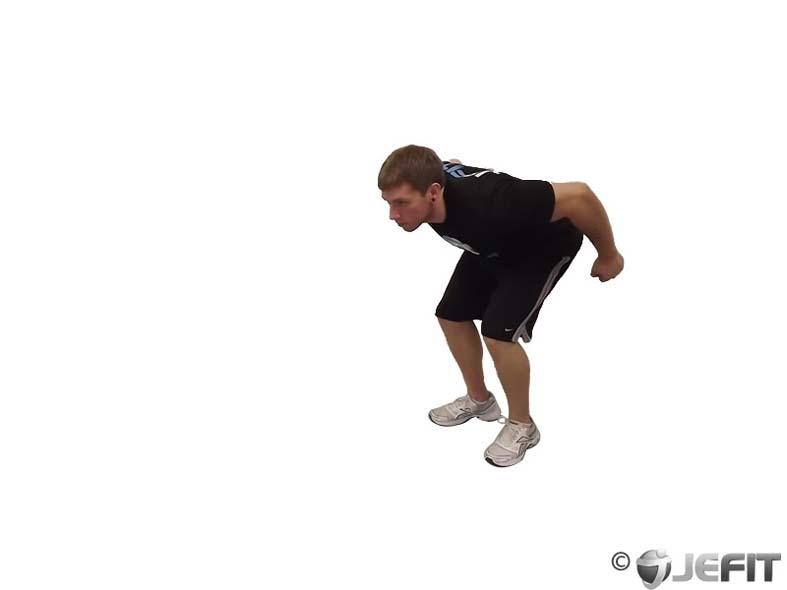MAIN
Straight Leg Walk
Beginner - - Compound
Targeted Muscle Group
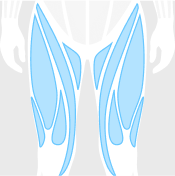
Upper Legs

Core
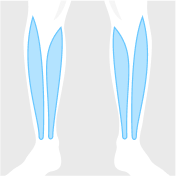
Lower Legs
Recommended Equipment
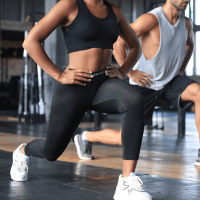
Body Only
How to do it
The straight leg walk, also known as the straight leg bear crawl, is an excellent exercise for targeting the muscles of the core, shoulders, and hip flexors while also improving stability and coordination. This exercise is also known as "Toy Soldier."
Begin in a tabletop position on your hands and knees with your wrists directly under your shoulders and your knees under your hips. Engage your core muscles to maintain a flat back and a stable torso throughout the exercise.
Lift your knees off the ground so that you are supporting your weight on your hands and the balls of your feet.
Keep your legs straight as you lift your knees, so your body forms a straight line from your head to your heels.
Take a small step forward with your right hand and your left foot simultaneously. Keep your legs straight and your hips level as you move forward, focusing on maintaining a stable core. Alternate by taking a step forward with your left hand and your right foot next.
Stay low to the ground as you walk forward, maintaining a slight bend in your elbows and knees to prevent locking out your joints. Avoid lifting your hips too high or sagging your lower back.
Move forward in a slow and controlled manner, focusing on maintaining proper form and balance with each step. Avoid rushing through the exercise, as this can compromise your stability and increase the risk of injury.
Breathe naturally throughout the exercise, inhaling and exhaling in a steady rhythm. Try to coordinate your breath with your movement, exhaling as you lift your limbs and inhaling as you place them back down.
Aim to walk forward for a certain distance, such as 10-20 feet, depending on the available space. You can also perform the straight leg walk in reverse by stepping backward with your hands and feet. Start with 2-3 sets of walking forward and backward, gradually increasing the distance and duration as you become more proficient.
Rest for 30-60 seconds between sets.
